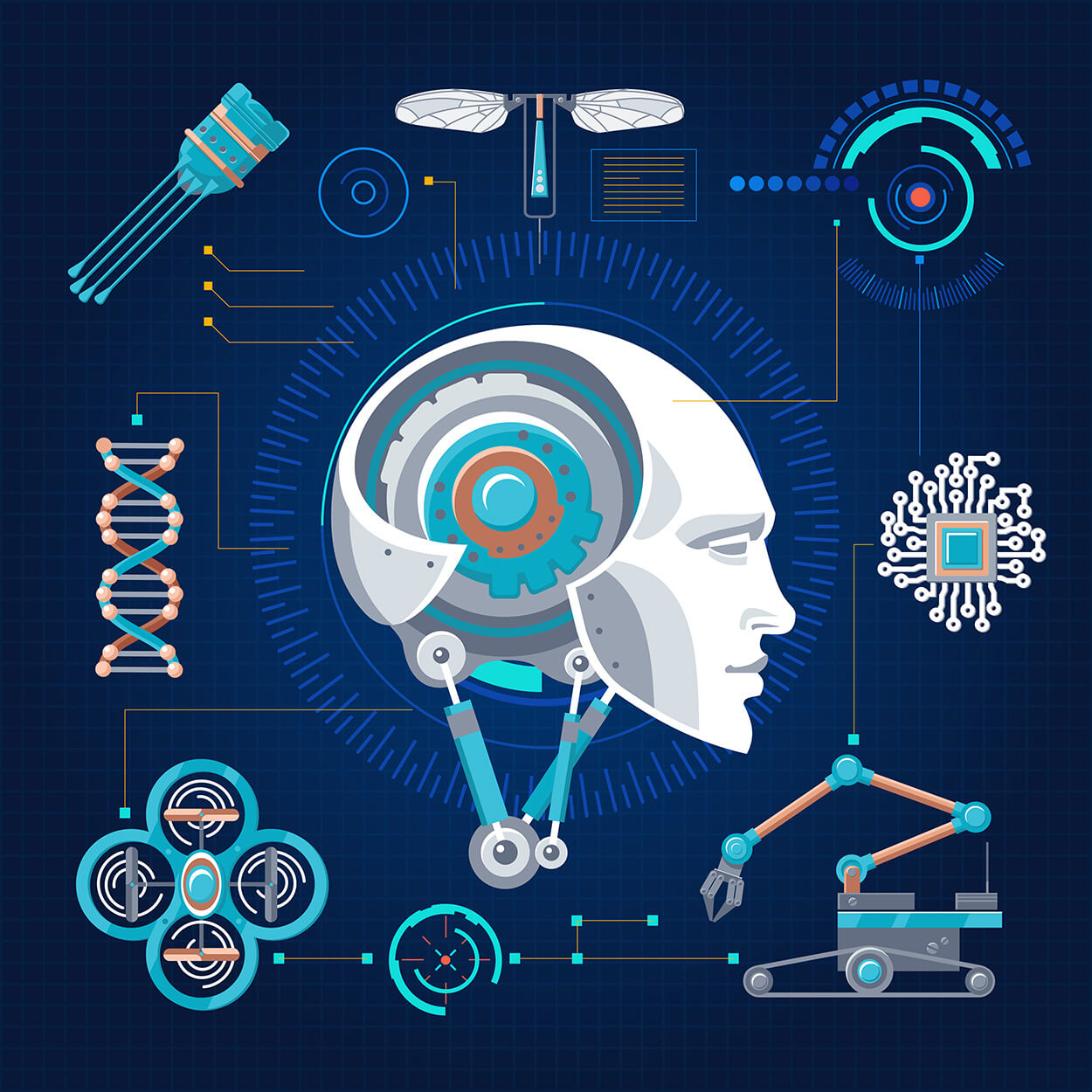Introduction:
Artificial Intelligence (AI) and Machine Learning (ML) are buzzwords in the tech world, and for good reason. These technologies are transforming the way we live and work. From self-driving cars to voice-activated virtual assistants, AI and ML are changing the game. In this comprehensive guide, we will break down the fundamentals of AI and ML, explain the differences between the two, and provide a step-by-step guide to getting started in the field.
What is Artificial Intelligence?
Artificial Intelligence (AI) is a branch of computer science that deals with the development of algorithms and computer programs that can perform tasks that typically require human intelligence. AI systems can learn from data, reason, and make predictions. Some common applications of AI include natural language processing, image recognition, and decision making.
What is Machine Learning?
Machine Learning (ML) is a subset of AI that focuses on the development of algorithms that allow computers to learn and make predictions without being explicitly programmed to do so. ML algorithms use data to train models that can identify patterns and make predictions based on new data. Some common applications of ML include image and speech recognition, recommendation systems, and fraud detection.
The difference between AI and ML:
While AI and ML are often used interchangeably, there is a difference between the two. AI is a broader term that encompasses all forms of intelligence exhibited by machines, including ML. On the other hand, ML is a specific type of AI that focuses on the development of algorithms that allow computers to learn from data.
Getting started with AI and ML:
- Familiarize yourself with the basics: Before you dive into AI and ML, it’s important to have a solid understanding of the fundamentals of computer science, including algorithms, data structures, and programming.
- Choose a programming language: Python is the most popular language for AI and ML, but there are also other options, such as R, Java, and C++. Choose the language that you are most comfortable with and start learning.
- Gain experience with data: AI and ML rely heavily on data, so it’s important to understand how to work with data, including cleaning and preprocessing data, as well as how to perform basic statistical analysis.
- Learn about ML algorithms: There are many different ML algorithms, including linear regression, decision trees, and neural networks. Start with the basics and work your way up to more complex algorithms.
- Practice with projects: The best way to gain experience with AI and ML is to work on projects. Start small and work your way up to more complex projects. You can find many open-source datasets online to practice with.
- Keep learning: AI and ML are rapidly evolving fields, so it’s important to stay up-to-date with the latest developments and advancements. Read articles, attend conferences, and join online communities to stay informed.
Conclusion:
AI and ML are exciting and rapidly growing fields that are transforming the way we live and work. By familiarizing yourself with the basics, choosing a programming language, gaining experience with data, learning about ML algorithms, practicing with projects, and staying informed, you can start your journey in the world of AI and ML.






